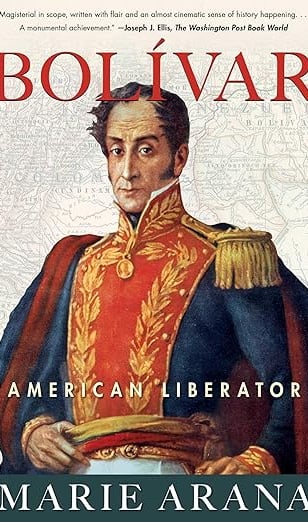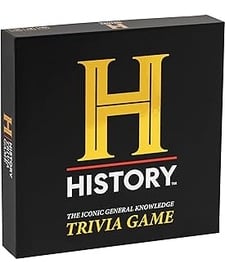The Spanish American Wars of Independence
The Spanish American Wars of Independence were a series of revolutionary conflicts from 1808 to 1826 that reshaped Latin America, leading to the fall of Spanish colonial rule. Inspired by Enlightenment ideals and driven by leaders like Simón Bolívar and José de San Martín, these wars sought freedom, unity, and self-governance. The struggle for independence, however, was not just a military endeavor; women like Policarpa Salavarrieta and indigenous alliances played pivotal roles. The legacy of these wars endures today, marking the rise of new nations and symbolizing the global fight for justice and equality.
HISTORICAL FIGURESEMPIRES AND DYNASTIESHISTORIC EVENTSWARS AND BATTLES
Michael Keller
10/14/202412 min read
A Fight for Freedom
“The unity of our nation is not a mere illusion, but a reality which we must defend with our lives.” – Simón Bolívar [1]
Bolívar, known as “El Libertador,” emerged as a central figure in the fight for independence across several South American countries, advocating for a united Latin America and inspiring countless others with his vision of freedom and equality. [2]
These powerful words encapsulate Bolívar's fervent belief in the necessity of national unity as the foundation for independence. At a time when colonial divisions threatened to undermine their cause, Bolívar recognized that only through solidarity could the disparate regions of Latin America achieve their freedom. His vision transcended mere political liberation; it was a call to forge a collective identity among diverse peoples, which would ultimately enable them to resist imperial oppression and build a unified, sovereign nation.
Between 1808 and 1826, a series of revolutionary wars ignited across Central and South America, forever altering the course of history. [3] The Spanish American wars of independence ended centuries of colonial rule, paving the way for new nations. The conflicts were fueled by Enlightenment ideas, the internal chaos sparked by Napoleon's invasion of Spain in 1808, and widespread dissatisfaction among Creoles, who were born in the colonies but of European descent. [4] This period was not just a military endeavor; it was a social and political upheaval that shook the foundations of Spanish rule and reshaped the Americas. While these wars are remembered for their iconic battles and legendary leaders, there were unsung heroes as well, who played pivotal roles in securing the independence of their nations.
The Spanish American wars of independence left an indelible mark on the global stage. They signaled the decline of European colonialism in the Americas and ushered in a new era of self-governance across Latin America. Leaders like Simón Bolívar and José de San Martín became symbols of freedom, their names etched into the annals of history.
But just as important were the contributions of women like Policarpa Salavarrieta, who proved that the fight for freedom was not solely a man's burden. And the indigenous alliances, such as Bolívar’s partnership with the Paez people, demonstrated that the success of the revolution relied on the unity of all peoples.
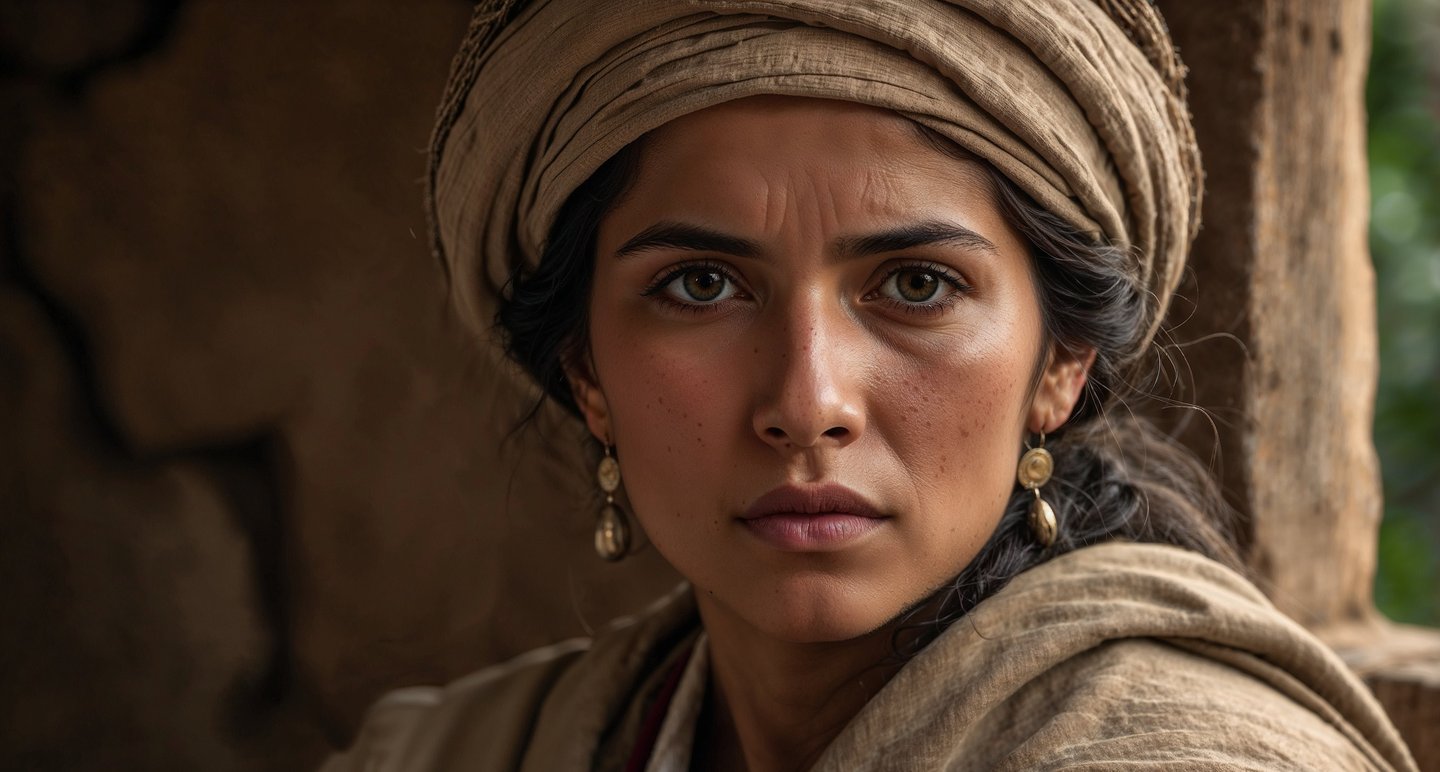

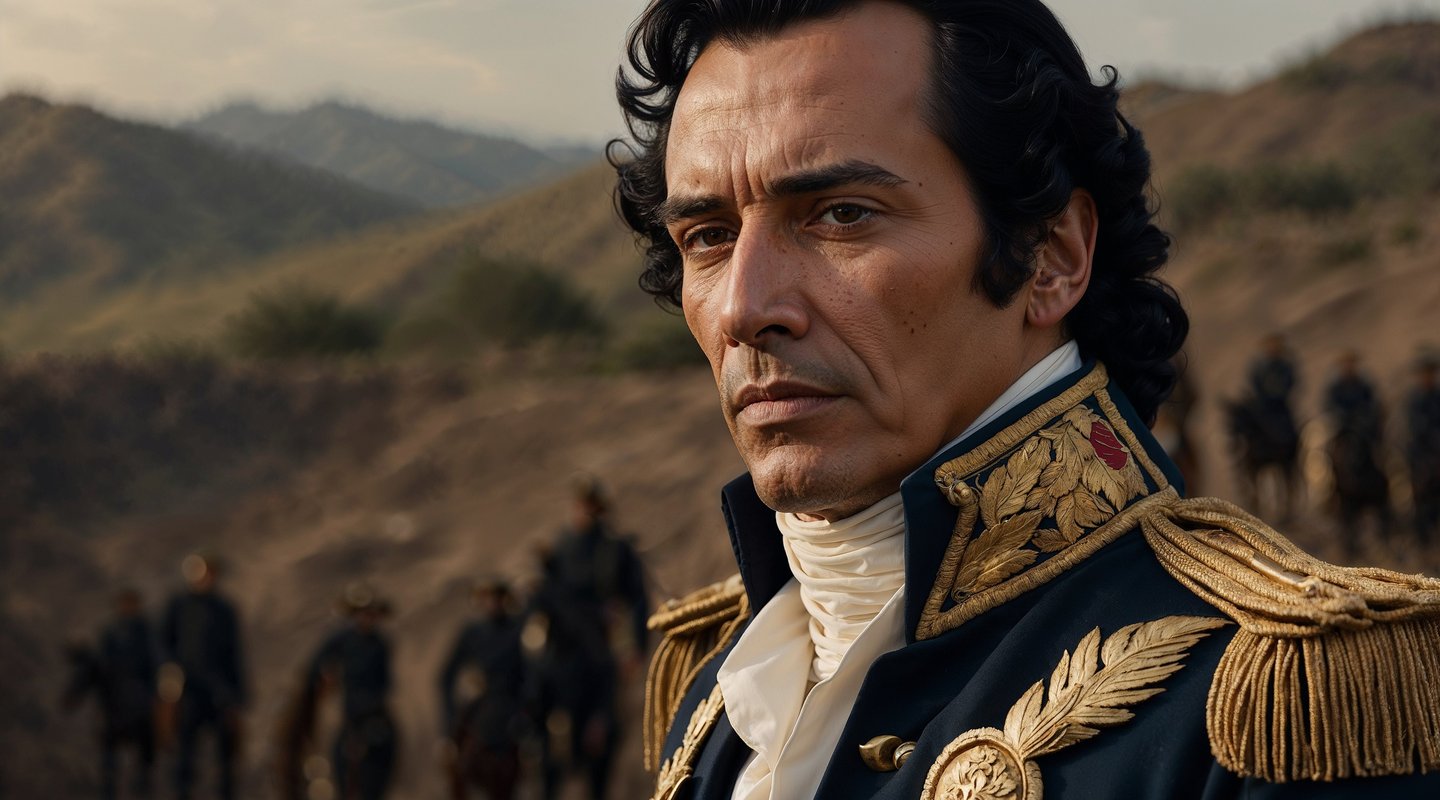

The Sparks of Revolution
The initial causes of the wars were a combination of intellectual, political, and economic factors. Enlightenment ideas, which promoted liberty, equality, and fraternity, had spread across the Atlantic, inspiring the Creoles who sought greater autonomy from the distant Spanish crown. Simón Bolívar, passionately advocated for these ideals, and his vision became the driving force behind the revolutions. The Spanish monarchy, already weakened by Napoleon's invasion, struggled to maintain control over its colonies. This disarray offered revolutionaries the perfect opportunity to rise up and fight for their freedom.
Economically, Spanish rule had long been a source of frustration for Creoles and other inhabitants of the colonies. The rigid trade restrictions and heavy taxation imposed by Spain hindered local growth, causing resentment to boil over. The desire for self-determination (both politically and economically) became a rallying cry across Latin America, from Mexico to Argentina. However, not all agreed that independence was the best path forward. While revolutionaries were fueled by visions of liberty and autonomy, others debated the justification for such drastic measures, raising concerns about the consequences of severing ties with Spain.
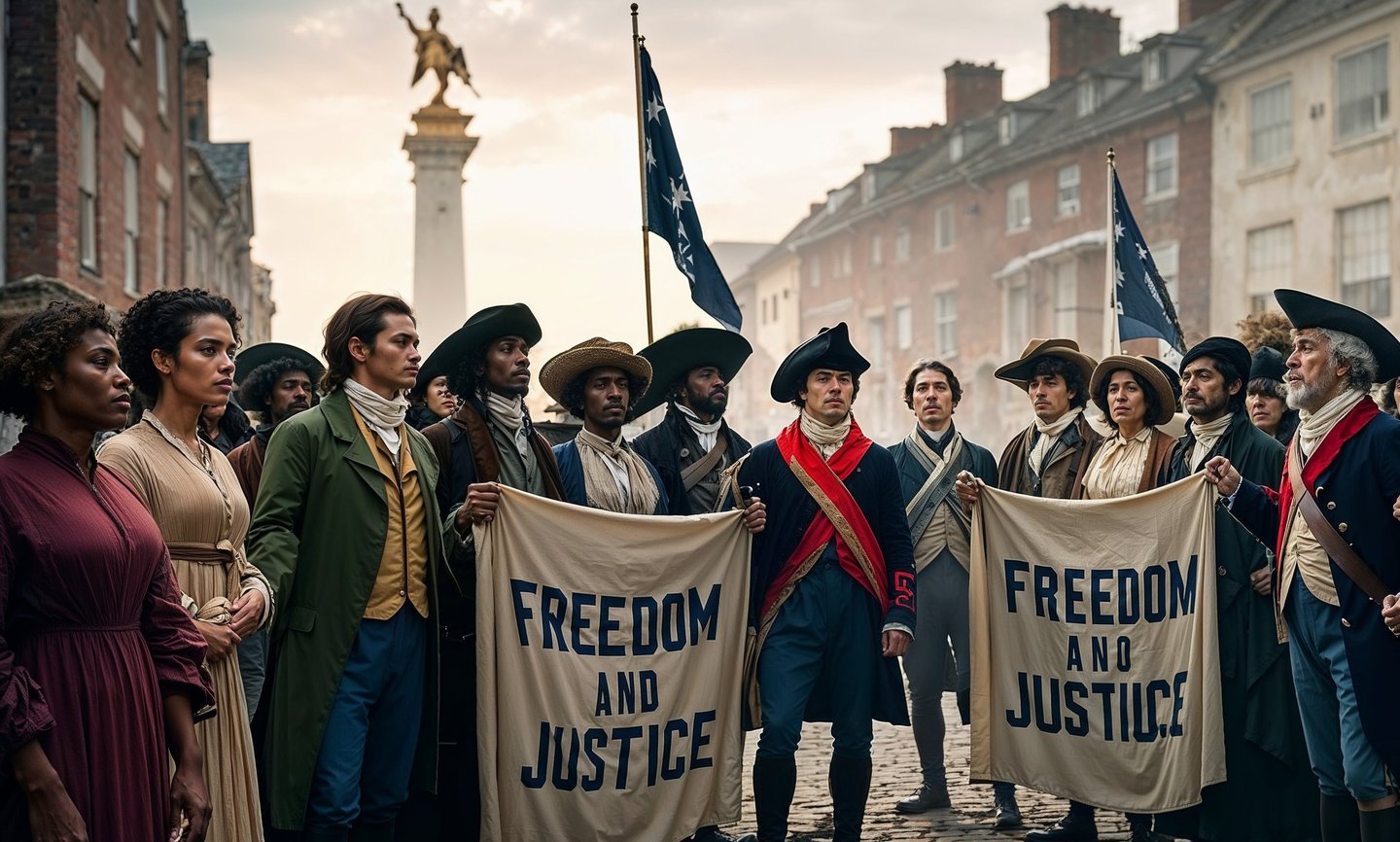

The Indigenous Alliance: A Crucial Partnership
Another often underappreciated aspect of the wars was the critical role played by indigenous people. Simón Bolívar, a visionary leader, recognized the importance of securing indigenous support and sought to form alliances with native groups who had long been marginalized under Spanish colonial rule. One of the most important alliances was with the indigenous Paez people. The alliance was crucial to Bolívar’s success in key battles, including the pivotal Battle of Carabobo in 1821. [9]
The Paez warriors, led by the skilled commander José Antonio Páez, brought not only manpower but also invaluable knowledge of the terrain and guerrilla tactics that proved essential in defeating the Spanish forces. Bolívar’s respect for indigenous autonomy and his promises of better treatment after independence won him their loyalty, and in return, the indigenous soldiers provided the strategic advantage needed to win the war. The Battle of Carabobo, which secured Venezuela’s independence, would not have been possible without this crucial indigenous alliance.
The Battles that Shaped the Continent
The wars of independence saw numerous bloody and decisive battles, where revolutionary forces faced off against well-trained Spanish armies. Among the most notable was the Battle of Carabobo in 1821. [10] Bolívar's forces, reinforced by indigenous allies, defeated the Spanish army, securing the liberation of Venezuela. This victory was not just a military success but a symbolic moment in the war, a turning point that paved the way for the eventual liberation of other northern territories. It also resonated beyond the continent, drawing the attention of countries grappling with colonial rule and inspiring their own movements for freedom.
In the south, José de San Martín emerged as a liberating force, leading the struggle in Argentina, Chile, and Peru. His leadership was instrumental in securing independence for these regions, particularly in the Battle of Maipú (1818), which confirmed Chile's freedom. San Martín's cooperation with Bolívar eventually led to the liberation of Peru, marking the downfall of Spanish power in South America. [11]
Meanwhile, in Mexico, the revolution took a different form, marked by a series of uprisings led by figures such as Miguel Hidalgo y Costilla and José María Morelos. Hidalgo's famous "Grito de Dolores" in 1810, calling for rebellion, sparked a widespread revolt. [12] Although he was ultimately captured and executed, his fight was carried on by Morelos, who continued to challenge Spanish rule until Mexico finally achieved independence in 1821. [13] These battles not only reshaped the landscape of the Americas but also significantly influenced the international perception of colonial struggles, setting the stage for future revolutions in other parts of the world.
Consequences: A New World is Born
The wars of independence brought dramatic changes across Latin America. By 1826, Spain had lost control of nearly all its colonies in the Americas, leaving only Cuba and Puerto Rico. [14] The newly established nations embraced liberal ideologies, including republicanism and nationalism, which helped shape their post-independence political landscapes. However, the road to stability was fraught with challenges.
The economies of the new nations had been devastated by years of war, and social hierarchies remained deeply entrenched. Indigenous populations, despite their contributions to the war efforts, continued to face marginalization in many areas, and slavery persisted in some countries. The aftermath of the wars brought both triumph and turmoil; while new nations were born, the struggles for true liberty and equality continued.
This outcome highlights a profound irony: while independence represented a monumental victory for some, it simultaneously perpetuated oppression for others. The freedom celebrated by many was not universally shared, provoking deeper reflection on the nature of freedom itself. The full realization of liberty and equality would take much longer to achieve, revealing that the journey toward justice is often as complicated as the struggle for independence itself.
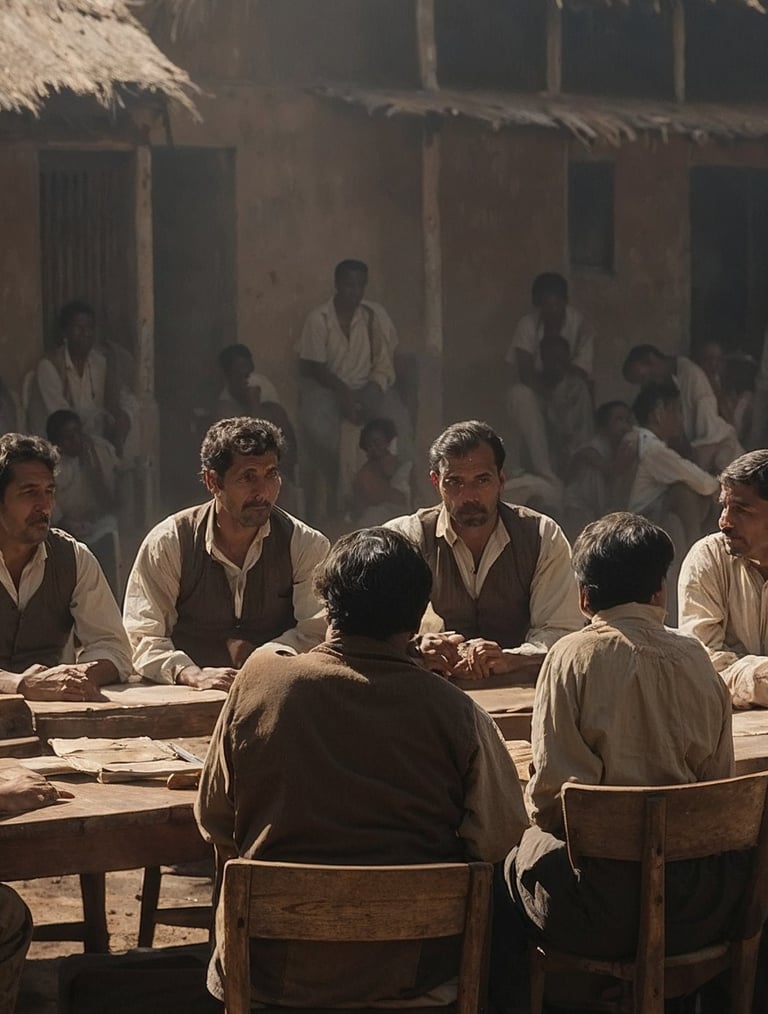

SIMÓN BOLÍVAR—known as El Libertador—liberated six nations from Spanish rule and remains the most revered figure in South American history. His journeys took him from the dense Amazon jungles to the towering Andes mountains, where he fought relentless battles and united diverse and often conflicting groups. Bolívar’s life was an epic tale of heroism, heartbreak (his beloved wife died young), and legend (he famously survived an assassination attempt thanks to one of his mistresses).
In her sweeping biography Bolívar, Marie Arana brings to life the world of early 19th-century South America, where Bolívar rose to become a fearless general, brilliant strategist, diplomatic mastermind, staunch abolitionist, eloquent writer, and a flawed but passionate leader. Using an abundance of primary sources, Arana paints a vivid picture of the man behind the myth while offering a powerful reflection on what it means to be South American.
HISTORY Channel Trivia Game - 2000+ Fun General Knowledge Questions
Debating the Justification for Independence
While the revolutionary cause in Latin America garnered significant support, it was not without its detractors. Many loyalists, or realistas, argued that the Spanish crown provided stability, security, and a structured economic system that protected colonial economies from foreign exploitation. [5] They believed that severing ties with Spain would bring chaos and leave the new nations vulnerable to internal conflicts and external powers, such as Britain or the United States, seeking to extend their influence in the region.
Loyalists, particularly from the Creole elites who benefited from Spain’s colonial framework, viewed the idea of independence with skepticism, fearing that the removal of Spanish authority would upset the social order. [6] For many of these elites, revolution risked giving too much power to the masses, potentially leading to social upheaval, land redistribution, or even anarchy, as had occurred during the French Revolution. In their eyes, the monarchy’s rule, however imperfect, provided a more reliable system for maintaining their privileges and protecting the colonies from external forces.
Additionally, indigenous groups and enslaved populations were often caught in the middle of these conflicting interests. While some indigenous peoples allied with revolutionaries, others sided with the Spanish, seeing them as a lesser evil compared to Creole dominance, which had also exploited them. For enslaved populations, the rhetoric of liberty and equality espoused by revolutionaries often rang hollow, as slavery persisted even after independence in many new Latin American nations. [7]
This ambivalence toward independence highlights the complexities of the wars of independence, far from being universally supported, the push for revolution faced substantial opposition from those who feared that the new republics would struggle to survive without Spanish oversight. The internal divisions within these societies added layers of uncertainty to the revolutionary cause, illustrating that the pursuit of freedom was far more nuanced and contentious than the idealistic narrative often suggests. But this rebellion was not just a man's war; it was a fight that would involve every segment of society, including women.
Women on the Frontlines: Courage and Sacrifice
Women not only served as spies and soldiers but also played critical roles in maintaining supply lines and boosting morale, underscoring their essential contributions to the revolutionary cause. One of the most celebrated female figures of this period is Policarpa Salavarrieta, affectionately known as "La Pola." A Colombian revolutionary, Salavarrieta used her intelligence and daring to infiltrate Spanish high society, gathering crucial information for the rebels. [8] She risked her life daily, passing intelligence that helped revolutionaries secure key victories. Her capture and execution in 1817 sent shockwaves through the region, turning her into a martyr and national heroine.
Women from all walks of life (Creole elites, mestizas, and indigenous women) were inspired by Salavarrieta's bravery, and they joined the fight for independence, demonstrating that the pursuit of freedom united diverse societal groups in a common cause. In addition to women’s involvement, the indigenous peoples also played a crucial role in the revolution. These indigenous allies not only provided essential military support but also forged strategic partnerships that were pivotal in securing victories for the revolutionaries.
Which Latin American leader's vision for independence resonates with you the most? Why?
Share your thoughts with us. For feedback or inquiries, email: contact@archivinghistory.com. We look forward to hearing from you!
Join Archiving History as we journey through time! Want to stay-tuned for our next thrilling post? Subscribe!
Follow us on Facebook, Instagram, YouTube and TikTok for captivating insights, engaging content, and a deeper dive into the fascinating world of history.
Source(s):
[1] Bolívar, Simón. "Letter from Jamaica." In The Major Political Writings of Simón Bolívar, edited by David Bushnell and Larrie D. Ferreiro, 109-118. New York: Cambridge University Press, 2003.
[2] Lynch, John. Simón Bolívar: A Life. New Haven: Yale University Press, 2006.
[3] Hall, Peter A. "Latin America: The Road to Independence, 1808-1826." In The Cambridge History of Latin America, Vol. 3, edited by Leslie Bethell, 1-80. Cambridge: Cambridge University Press, 1985.
[4] Sabato, H. A. “The Influence of Enlightenment Ideas on the Latin American Independence Movements.” Latin American Perspectives 16, no. 4 (1989): 20-35.
[5] McFarlane, Anthony. Colombia Before Independence: Economy, Society, and Politics Under Bourbon Rule. Cambridge: Cambridge University Press, 1993.
[6] Kuethe, Allan J., and Kenneth J. Andrien. The Spanish Atlantic World in the Eighteenth Century: War and the Bourbon Reforms, 1713–1796. Cambridge: Cambridge University Press, 2014.
[7] Kinsbruner, Jay. Independence in Spanish America: Civil Wars, Revolutions, and Underdevelopment. Albuquerque: University of New Mexico Press, 1994.
[8] Adolfo, Salas. "Policarpa Salavarrieta: The Role of Women in the Independence of Colombia." Historia y Sociedad 17 (2009): 43-67.
[9] Rodríguez, Manuel. Simón Bolívar and the Spanish American Revolution. Boulder: Westview Press, 1998.
[10] Neill, William. "The Battle of Carabobo: The Key to Independence." Journal of Latin American Studies 32, no. 2 (2000): 315-338.
[11] McEwan, Gordon. The Life of José de San Martín. London: Weidenfeld & Nicolson, 1972.
[12] Gonzalez, Juan. Harvest of Empire: A History of Latinos in America. New York: Viking Press, 2000.
[13] Lyman, Edward. “Mexico's Independence: A Historical Perspective.” Mexican Studies/Estudios Mexicanos 14, no. 1 (1998): 13-30.
[14] Bethell, Leslie, ed. The Cambridge History of Latin America, Vol. 3. Cambridge: Cambridge University Press, 1985.
[15] San Martín, José de. "Declaration of War." In The Collected Writings of José de San Martín, edited by Ricardo Rojas, 158-160. Buenos Aires: Editorial Sudamericana, 1943.
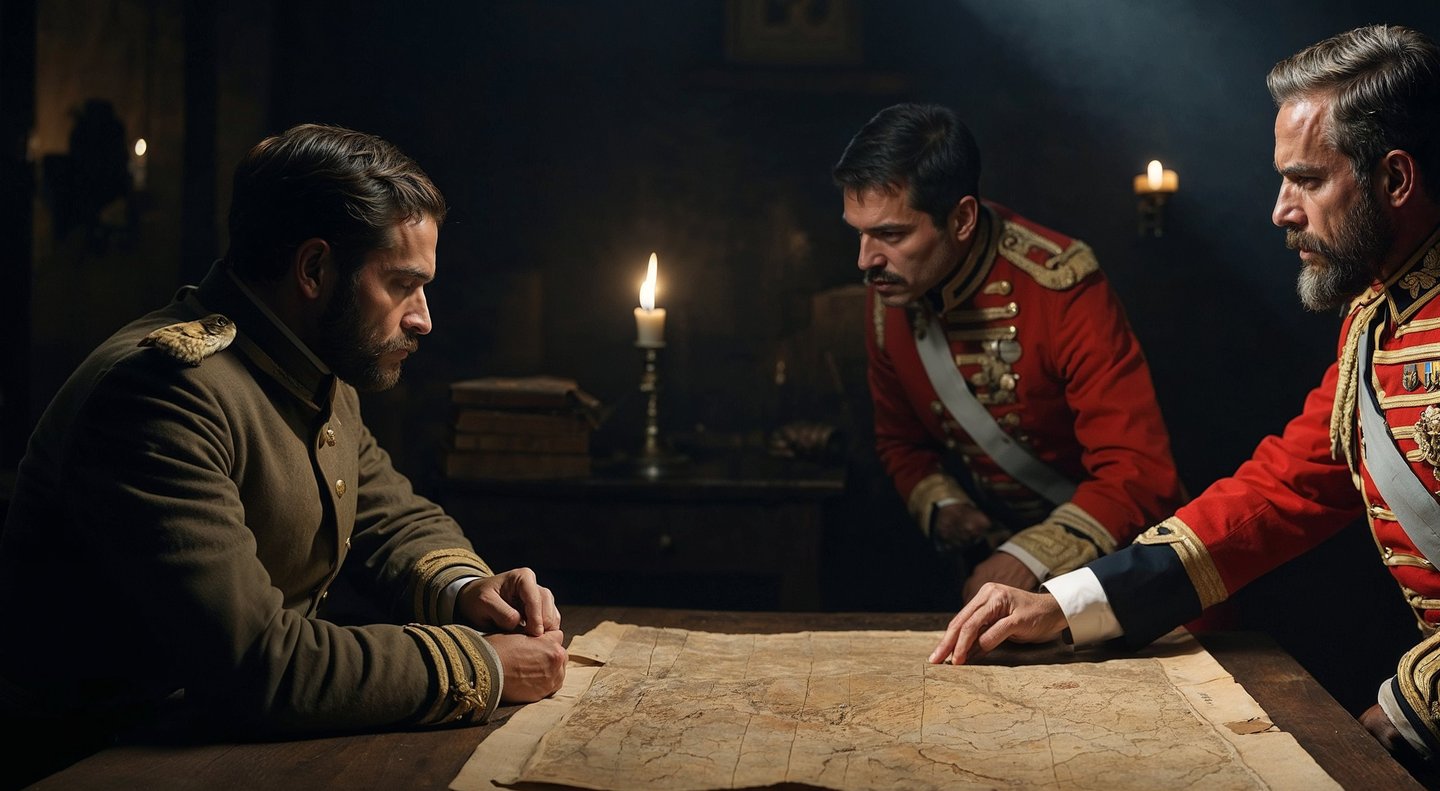

The Perfect Party Card Game for Board Games Night with your Group
SIMÓN BOLÍVAR—known as El Libertador—liberated six nations from Spanish rule and remains the most revered figure in South American history. His journeys took him from the dense Amazon jungles to the towering Andes mountains, where he fought relentless battles and united diverse and often conflicting groups. Bolívar’s life was an epic tale of heroism, heartbreak (his beloved wife died young), and legend (he famously survived an assassination attempt thanks to one of his mistresses).
In her sweeping biography Bolívar, Marie Arana brings to life the world of early 19th-century South America, where Bolívar rose to become a fearless general, brilliant strategist, diplomatic mastermind, staunch abolitionist, eloquent writer, and a flawed but passionate leader. Using an abundance of primary sources, Arana paints a vivid picture of the man behind the myth while offering a powerful reflection on what it means to be South American.


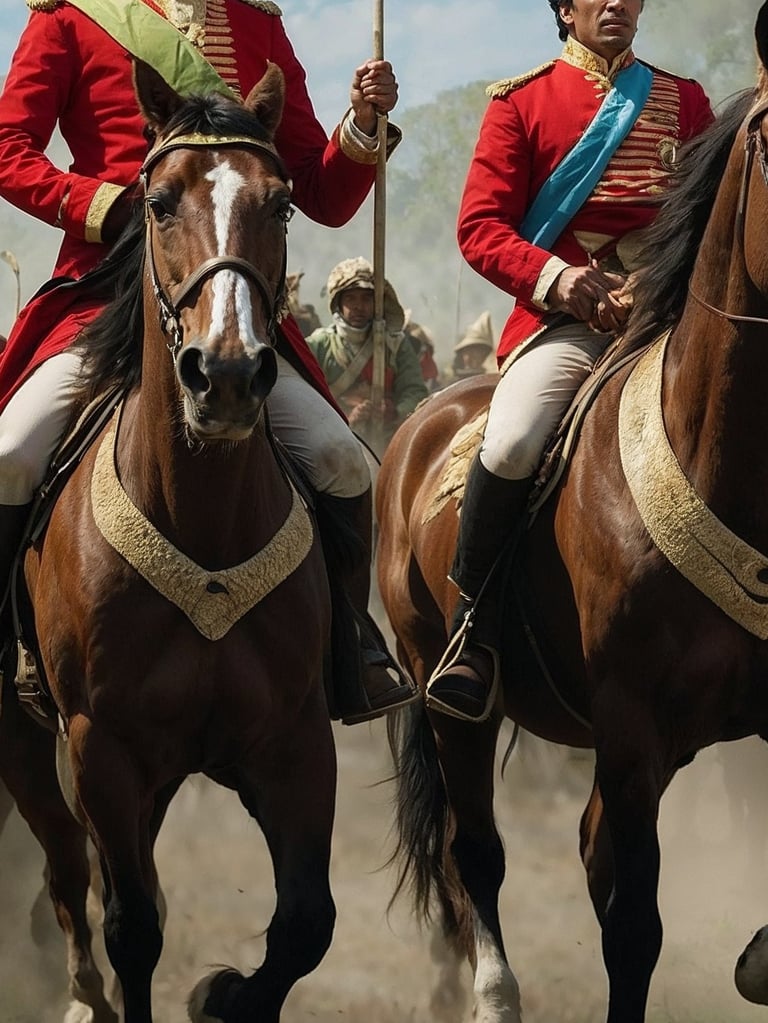

The scars of Revolution
The Spanish American wars of independence left an indelible mark on the global stage. They signaled the decline of European colonialism in the Americas and ushered in a new era of self-governance across Latin America. Leaders like Simón Bolívar and José de San Martín became symbols of freedom, their names etched into the annals of history.
But just as important were the contributions of women like Policarpa Salavarrieta, who proved that the fight for freedom was not solely a man's burden. And the indigenous alliances, such as Bolívar’s partnership with the Paez people, demonstrated that the success of the revolution relied on the unity of all peoples.
"We must make war on the Spaniards, not on the Spanish people." – José de San Martín [15]
This statement highlights San Martín’s understanding of the nuanced nature of the struggle for independence. His emphasis on distinguishing between the oppressive colonial authorities and the common Spanish people reflects a profound moral awareness. San Martín believed that the fight for liberty should not devolve into a war of hatred against an entire nationality but should instead focus on the oppressive regime that exploited and subjugated the colonies. His words resonate deeply, reinforcing the idea that the path to freedom is as much about justice and compassion as it is about military victory.
The wars for independence may have ended, but the lessons of unity, resilience, and the necessity of collective action continue to inspire generations. These struggles teach us that true change requires the collaboration of diverse groups, perseverance in the face of adversity, and a commitment to justice for all.
Today, these lessons resonate powerfully in contemporary movements for freedom and equality, such as Black Lives Matter, LGBTQ+ rights, and environmental justice. These movements echo the struggles of the past, illustrating how the principles of solidarity and collective action remain powerful tools for combating oppression and advocating for human rights. Just as the heroes of the Spanish American wars of independence fought against colonial rule, today’s activists are challenging systemic injustices and striving for a more equitable future. Their stories inspire us to continue the fight for liberty, justice, and dignity for all, proving that the struggle for freedom is an ongoing journey that demands our unwavering commitment.



